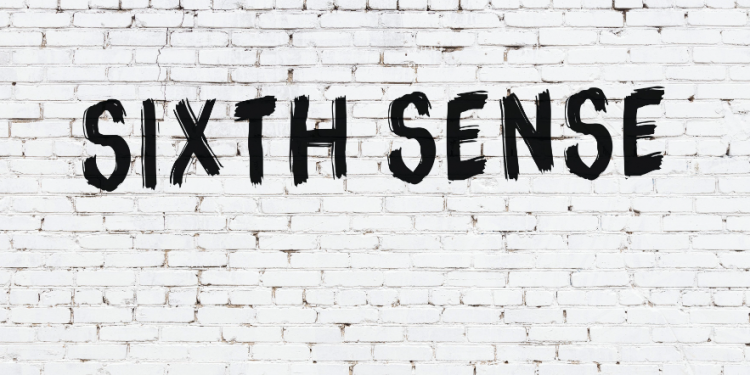By Dr. Clayton Shiu, L. Ac. PhD
Close your eyes and take a step. How do you know where your left foot, then your right foot, should go? What controls how you place your foot down onto the ground? How can you tell where your arms and legs are, where your body is in space?
Proprioception, the so-called true “sixth sense,” gives us the ability to move freely without thinking, to walk without looking or consciously thinking about where our feet will go next, or even to find our nose with our eyes closed, like the test used by police on drunk drivers.
In addition to your conscious awareness of your body’s position in space, proprioception relates to the unconscious processing of information from sensory receptors to the brain. This connection allows you to sense your body’s location, actions, and movement, and the positions of your joints. It allows you to gauge and control the use of your muscles, and the force and effort you use.
When you move, the sensory receptors in your skin, joints, muscles, tendons, and nervous system all send detailed information to the brain. The brain processes these messages and works with the nervous, vision, and vestibular systems to serve up your perception of where your body is and how you’re moving. A smooth, continuous conversation — successful proprioception — allows us to maintain our balance, control body posture, coordinate movements, and sense weight and viscosity.
When proprioception doesn’t function right you might experience difficulty with balance or walking on uneven surfaces. You might feel uncoordinated or clumsy, or find you don’t understand your own strength or the strength needed for different activities. Concussion, neurological diseases, stroke, arthritis, or joint replacement surgery, among other issues, can all interrupt successful proprioception.
Age-related changes, injuries, or even short-term stresses can also have an effect. When injured, sensory tissues can become numb or grey, like a dark zone. This happens in part due to the body’s protective reflex to close off the flow of information so as not to overwhelm the brain with the effects of traumatic injuries. However, even when the body starts to heal, this self-defense mechanism doesn’t always switch off. Oftentimes, an issue with proprioception will remain unknown until a neurological exam picks it up.
I experienced this myself after injuring my shoulder in a car accident. Standing with both shoulders pinned against the wall, I found my injured shoulder acted quite different from the healthy one. I could move my healthy shoulder straight forward and then back to the wall, but when I tried this with my injured shoulder, it would go left, right, or up or down before moving forward. It felt as if my shoulder’s own inner GPS could not tell it to move smoothly forward, and it kept wandering off the road.
Even a short-term interruption of the sensory messaging to the brain can have an effect. Have you ever sat in one position for too long, impeding circulation to your legs or feet, and experienced the “pins and needle” effect when you finally move? I do this all the time, sitting in a half-lotus position while watching a movie. When I get up, I cannot place my full weight onto my foot because my ankle joint’s proprioception is incorrect and it can’t center my body onto the ankle joint and foot. When healthy blood flow returns, the neural tissue begins to fire and starts recalibrating my senses and motor movements.
Therapies to improve motor function can help. Besides physical therapies such as yoga or tai chi, or other movement training, somatosensory stimulation through electric, thermal, or magnetic treatment — or acupuncture — can reset and restore healthy proprioception.
Healthy brain function is key. By supporting healthy blood flow in and through the brain, neurological-based acupuncture treatments such as the Nanopuncture®, offered at the Shiu Clinic, can help keep your “sixth sense” working.
When tissue is damaged through traumatic injury, or becomes deficient in blood or other nutrient supplies, you may feel little or nothing at first. But once therapy begins to restore blood flow and to recalibrate the sensory nerves, you may feel pain, soreness, or aches. This is normal, and temporary. What you will also notice is that, through repair of the proprioceptive system, your range of motion will be improved or restored, muscle deterioration can be slowed, and the risk of future injury will be reduced.
Dr. Clayton Shiu is at the forefront of integrating acupuncture with Western medicine for optimal patient care and powerful outcomes. He is the creator of the stroke and neurological rehabilitation system Nanopuncture®, which he teaches to acupuncturists and other medical professionals across the country. In 2019, he founded The Shiu Clinic, the first in New York City to combine neuroscience, acupuncture, and the most cutting-edge PBM technology. Dr. Shiu holds faculty positions at the Academy of Chinese Culture and Health Sciences and the American College of Traditional Chinese Medicine, teaching stroke rehabilitation courses for their doctoral programs.











